Ancho En Inglés: A Spicy Guide to the Flavorful World of This Mexican Pepper
Table of Contents
Introduction to Ancho Peppers
If you're a spice enthusiast or someone who loves exploring the rich flavors of Mexican cuisine, you've probably come across the term ancho en inglés. But what exactly is an ancho pepper, and why is it so popular? Let's dive into this beloved ingredient that brings both flavor and heat to dishes across the world.
The ancho pepper is one of the most commonly used chilies in Mexican cooking. It’s the dried form of the poblano pepper, which is known for its mild to medium heat level. When dried, the ancho takes on a deep red color, a wrinkled texture, and a rich, smoky flavor that makes it a favorite among chefs and home cooks alike.
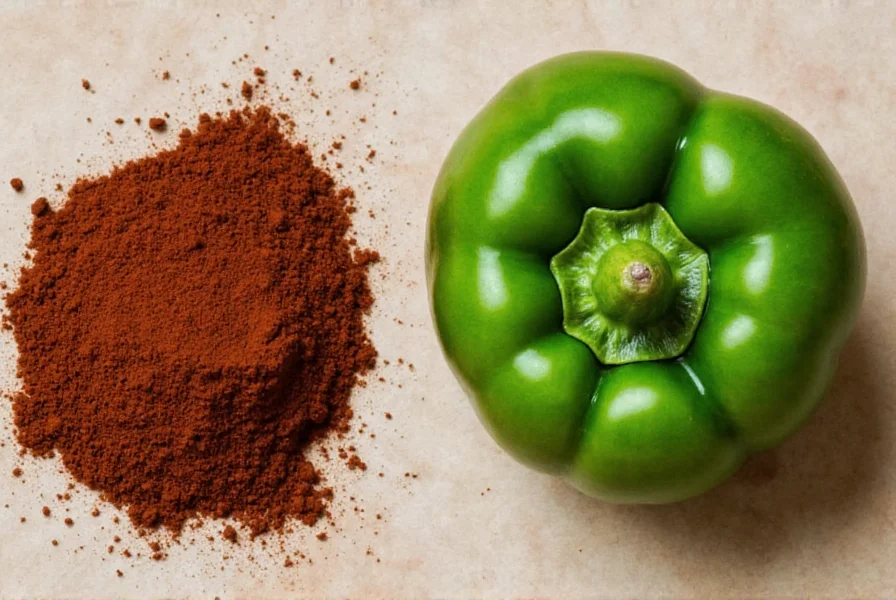
What Is Ancho En Inglés?
Ancho en inglés translates directly to “ancho in English.” But what does that mean in culinary terms? The word “ancho” comes from the Spanish word for “wide,” referring to the wide shape of the dried chili. In English, we simply call it an ancho pepper—no need for translation!
Despite the name, the ancho pepper isn’t just a simple chili; it’s a flavor powerhouse. Its sweet, smoky, and slightly earthy notes make it perfect for everything from salsas and moles to stews and sauces. Whether you’re making a classic enchilada sauce or a spicy chocolate mole, the ancho pepper is often the secret ingredient that elevates your dish to the next level.
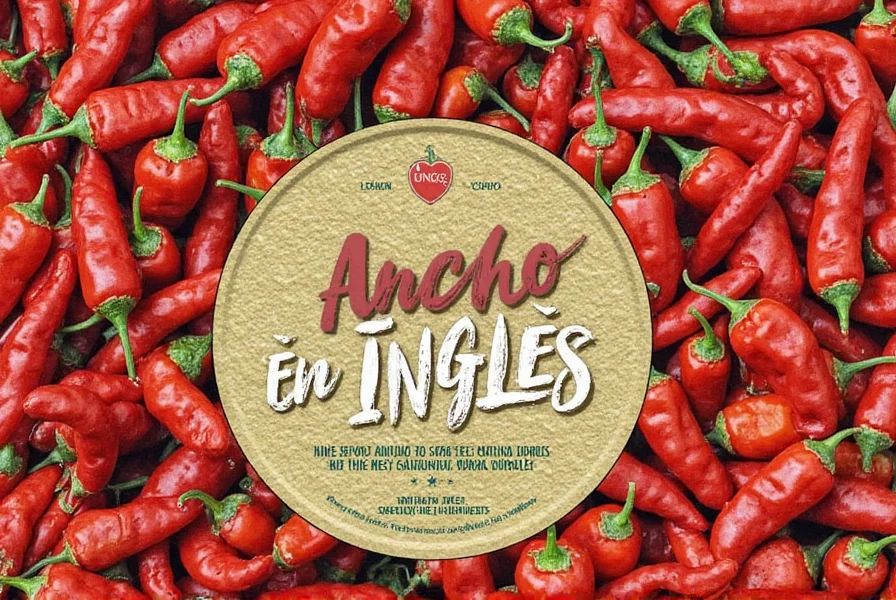
The Flavor Profile of Ancho Peppers
One of the unique things about the ancho pepper is its complex flavor profile. Unlike some hot peppers that are all about heat, the ancho offers a more balanced taste that combines sweetness, smokiness, and a hint of spice. Here’s a breakdown:
- Sweetness: The ancho has a natural sweetness that comes through when it's roasted or rehydrated.
- Smokiness: Drying the pepper gives it a deep, smoky character that adds depth to any dish.
- Ethnic Notes: Some people describe a slight nutty or chocolate-like undertone, especially in high-quality varieties.
- Mild Heat: While it can be spicy, the ancho is generally considered a mild to medium heat pepper, making it accessible for most palates.
This combination of flavors makes the ancho a versatile ingredient that works well in both savory and sweet recipes. It's a staple in many traditional Mexican dishes and is often used as a base for sauces and broths.
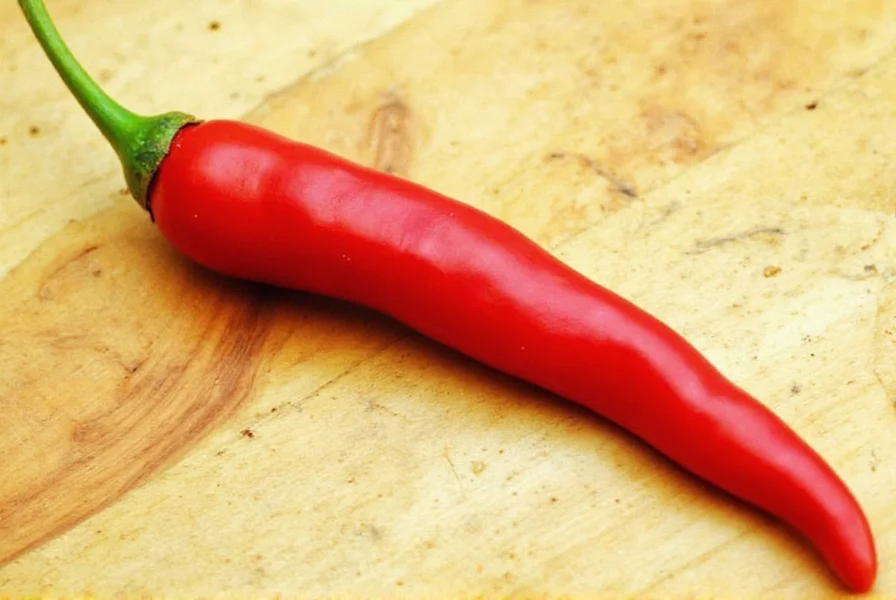
Cooking Tips with Ancho Peppers
If you're new to using ancho peppers, here are some practical tips to help you get the most out of them:
- Rehydrate Before Use: To bring out their full flavor, soak the dried ancho peppers in warm water for about 20–30 minutes before using them.
- Toast for Extra Flavor: If you want a deeper, more intense flavor, lightly toast the peppers over an open flame or in a dry skillet before rehydrating.
- Blend Into Sauces: One of the most popular uses for ancho peppers is in sauces. Blend them with garlic, tomatoes, onions, and spices to create a rich, flavorful base for your dishes.
- Use in Stews and Soups: Ancho peppers add a nice depth of flavor to slow-cooked dishes like tamales, pozole, and even soups.
- Try in Desserts (Yes, Really!): Believe it or not, some chefs use ancho peppers in desserts for a subtle kick of heat and complexity. Think chocolate mole cake or spiced fruit compotes.
Remember, the key to using ancho peppers is to let their flavor shine without overpowering other ingredients. They work best when they’re part of a balanced recipe.
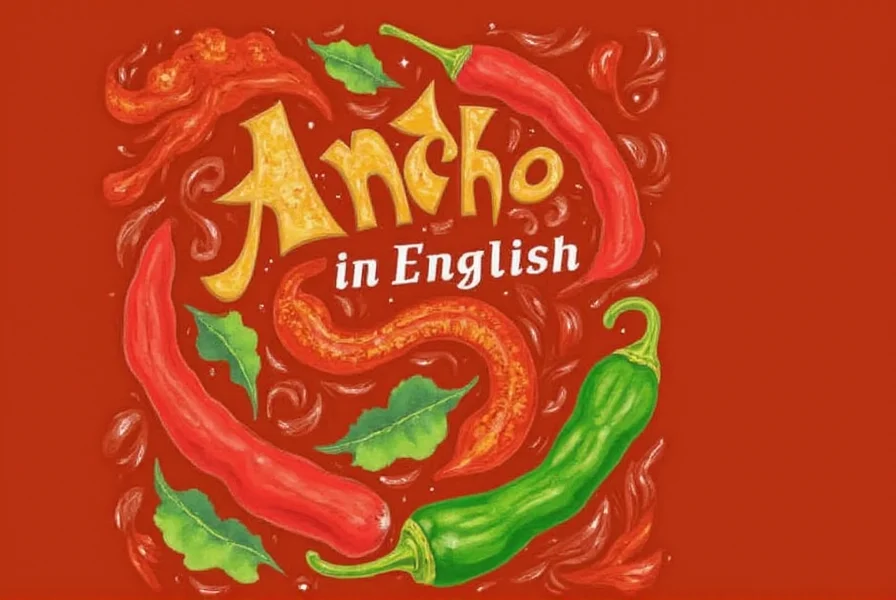
Buying Guide for Ancho Peppers
When shopping for ancho peppers, whether fresh or dried, it's important to know what to look for to ensure quality and flavor. Here's a detailed buying guide to help you choose the best ancho peppers:
Types of Ancho Peppers
Ancho peppers can be found in different forms:
- Dried: These are the most common and widely used in cooking. Look for plump, dark red peppers with a smooth surface and no signs of mold or discoloration.
- Fresh: Fresh ancho peppers are actually poblanos that haven't been dried. They are milder and have a more delicate flavor compared to their dried counterparts.
Key Features to Consider
| Feature | Description |
|---|---|
| Color | Dried ancho peppers should be deep red with a slight brownish hue. |
| Texture | They should be firm and not overly brittle. Avoid peppers that are cracked or soft. |
| Smell | A good ancho pepper should have a strong, smoky aroma. |
| Origin | Mexican-grown ancho peppers are typically considered the highest quality. |
When buying dried ancho peppers, check the packaging for the country of origin and the date of harvest. Fresher peppers will have better flavor and aroma.
Best Uses and Occasions
Here are some ideal occasions and dishes where ancho peppers shine:
- Weeknight Dinners: Use them in quick sauces for tacos, enchiladas, or grilled meats.
- Special Occasions: Ancho-based moles and sauces are perfect for holiday meals or family gatherings.
- Brunch or Breakfast: Add a twist to your breakfast by incorporating ancho into eggs or avocado toast.
- Cooking Classes: Perfect for foodies looking to expand their spice knowledge and culinary skills.
If you're looking for a premium option, there are specialty brands that offer high-quality ancho peppers with unique flavor profiles. These are great for those who want to take their cooking to the next level.
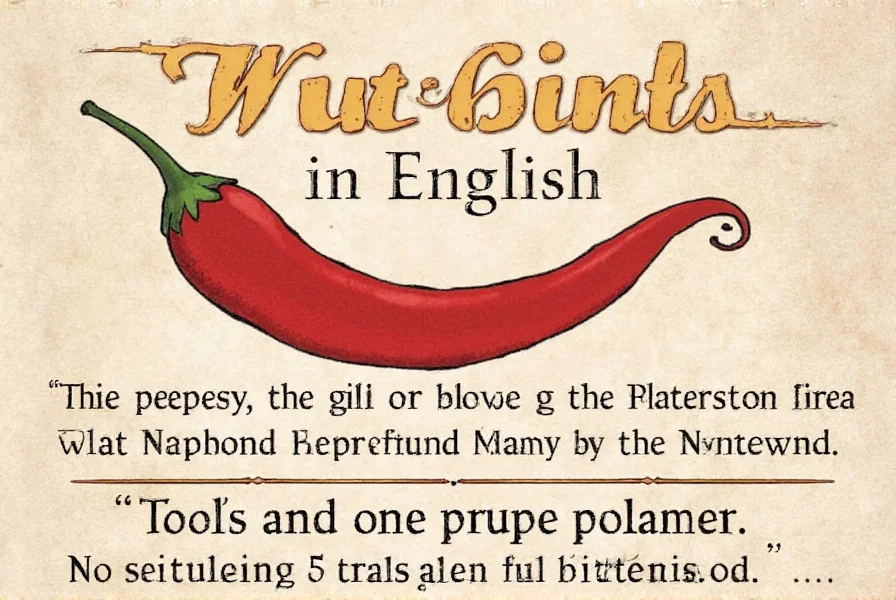
Conclusion
In summary, the ancho en inglés is more than just a chili—it's a culinary treasure that brings warmth, flavor, and tradition to every dish it touches. Whether you're a seasoned chef or a curious food lover, understanding and using ancho peppers can elevate your cooking and open up a whole new world of flavors.
So next time you're in the kitchen, don't be afraid to experiment with ancho peppers. Their versatility, rich flavor, and subtle heat make them a must-have in any spice rack. With the right techniques and a little creativity, you'll soon discover why the ancho pepper is a staple in kitchens around the world.
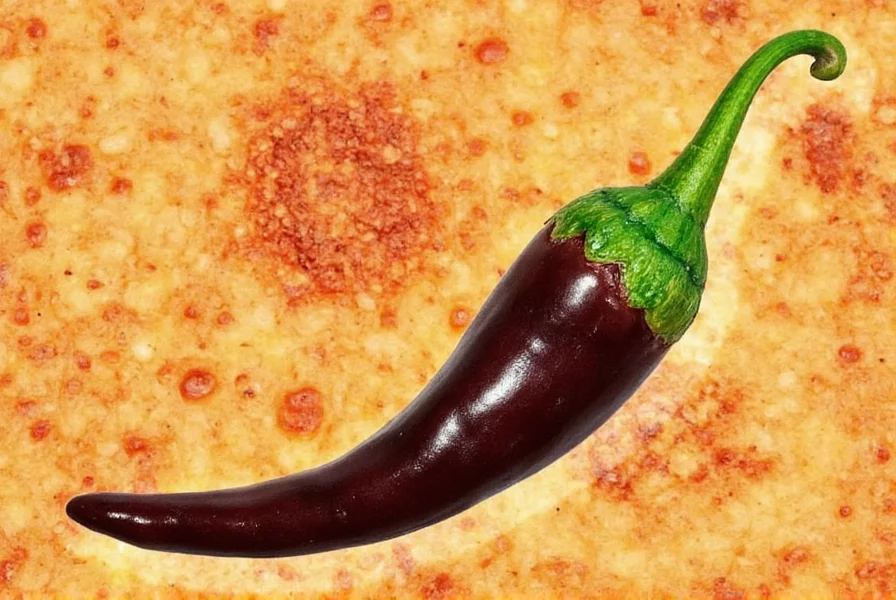
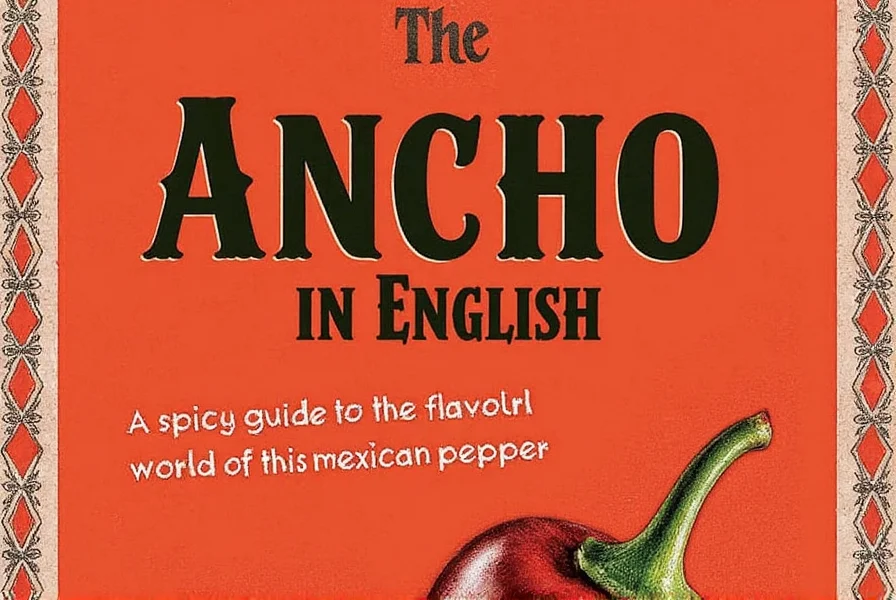

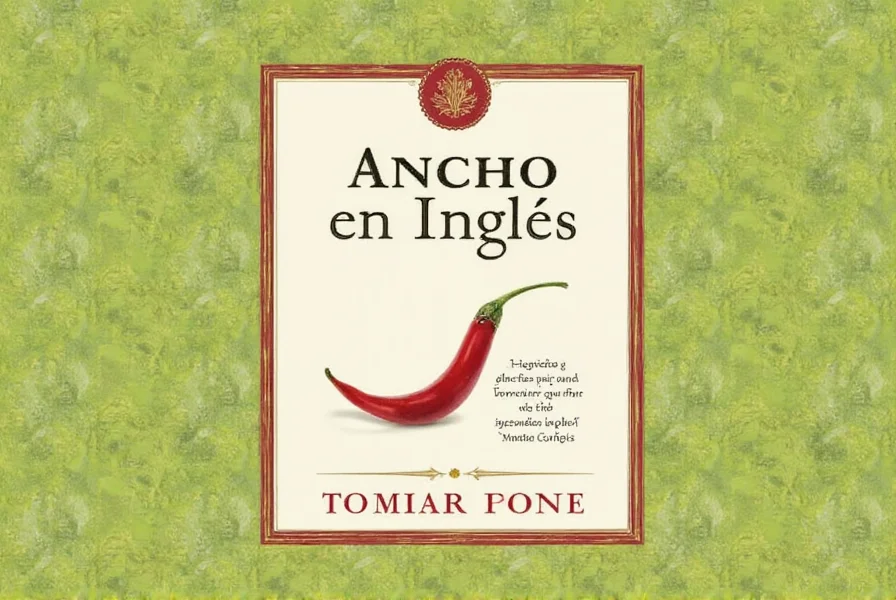









 浙公网安备
33010002000092号
浙公网安备
33010002000092号 浙B2-20120091-4
浙B2-20120091-4